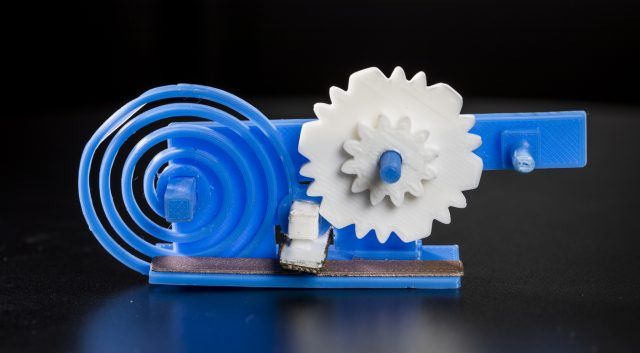A group of researchers from the University of Washington has developed devices that allow different controls based on 3D printed pieces. That is without electronic components that communicate over Wi-Fi.
Use of 3D Printing Wireless Connected Objects
Exciting innovation made by the Researchers of the University of Washington. They come up with a system to print plastic objects in 3D. That can transmit information without wires (via WiFi) and do not need any electrical component or battery to function. The exciting thing is that they get success by using traditional plastic devices and wireless elements, something that will allow this project to have a great future and also enable the developing systems that are easy to use and develop, as well as for a meager price.
Vikram Iyer, a graduate student who has worked on the project, said: “Our goal was to create something that could simply be done from home with a 3D printer. And could send information to other devices.” He adds: “But the great challenge is how to communicate wirelessly over WiFi using only plastic. That is something that nobody had been able to do before. ”
To achieve this, the developers have used gears, springs and switches manufacturers with 3D printers. That is Cavazos to translate the movement in binary signals that emit by an antenna. An example is an anemometer that can measure the speed of the wind. That coupled to a gear that in turn hit a spiral antenna. That antenna is capable of reflecting a WiFi signal and this being decoded by a WiFi receiver. The higher the wind, the higher the speed turns. That translates into a different message in the transmission.
3D Printing Wireless Connected Objects: Capable of transmitting over WiFi without electronic components
Other elements created are a meter capable of measuring the flow of water. So there is a button or a sliding control, in addition to other devices capable of interacting with other devices.
The application in real life is in the implementation in the mouth of a detergent bottle. That acts as a flow meter and allows us to control the use of detergent, growth a warning on our smartphone. That when the level is low and we have to replace the bottle. The components have been made available to all users through a complete repository. Also for more information, you can go to the University website.
